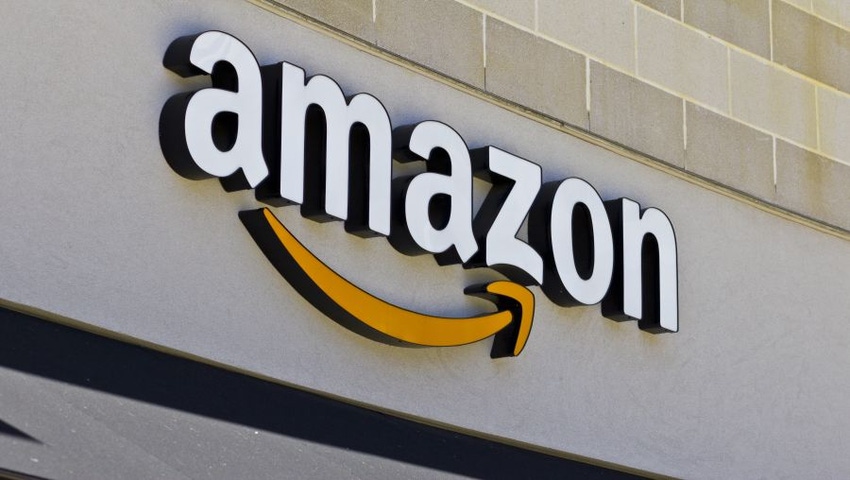Amazon acquiring Whole Foods has ignited a spark and started a raging fire that will change the food industry. With those inevitable changes come huge implications for food brands. Although the global food renaissance continues, the time of ascendency of small challenger brands at the expense of big legacy brands may be coming to an end.
September 18, 2017

Amazon acquiring Whole Foods has ignited a spark and started a raging fire that will change the food industry. With those inevitable changes come huge implications for food brands. Although the global food renaissance continues, the time of ascendency of small challenger brands at the expense of big legacy brands may be coming to an end.
For food companies, if they haven’t created consumer “brand love" already, they might want to think about getting some. Why? Because loved brands will prosper in this new era, whatever it may become. For now, let’s call it the “click and wait" era.
First, the implications for food brands. Amazon doesn’t “do" small; its business model is predicated on moving critical masses of merchandise. Niche, specialty brands will feel two pressures. Foremost, their margins are going to be reduced significantly. Amazon leaders didn't even meet their new employees, and yet everyone was clear that on Day 1 prices were coming down. If the small specialty guys can’t react, they will be replaced by Big Brands A, B, C, etc.
During the food renaissance, many big brands have tuned in to consumers’ new expectations, and have cleaned up their product labels accordingly. In turn, they just may reconnect with some lost consumers and rekindle latent brand love. Big brands also have reinvented themselves via acquisitions and innovations. With Amazon (and all things online) critical mass matters. If you can’t supply the nation, you may not get the attention of retail partners trying to feed the online beast.
Specialty brands aren’t going to die, just like big brands were never going away. But it is time for them to grow up and make the investments to align with the right partner to feed an emerging and changing market. The challenge? Food remains a sensory sell, and an online post without sensory cues can only motivate purchase so much. Consumers still will want to shop for the items they hold nearest and dearest to their hearts. No one believes the bulk of groceries will be bought online, but even a conservative small share is big business. And again, Amazon does not do small.
Why does brand love matter? Because those with it will win, and those without it will be squeezed. Losing brands will be forced to focus on transactions and become low-cost producers. They will sell a lot of “pantry" items at low margins. Winning brands won’t completely defy oncoming margin pressures, but the benefits of being a click away from your target consumer will help outweigh any sacrificed margins.
Our research has shown that consumers will go out of their way, pay extra and even hoard their loved food brands. What happens when it’s easier for consumers to get those loved brands? Business will be good. Loved brands will become more accessible to targeted consumers and will have a greater opportunity to speak to those consumers. How can a marketer not love that?
Finally, food marketers should think about the notion of “click and wait." Although this may temper some of the hysteria surrounding the revolution in our midst, the established food acquisition model in our culture lives on: consumer sees food, consumer buys food, consumer eats food. This food journey can take seconds, minutes, maybe hours, but rarely days. Are consumers going to let the convenience of clicking (and waiting) for their food replace their expectations of instant gratification? The answer is yes and no. Some categories and brands will fit a click-and-wait model better than others. Obvious items such as pantry items, supplies, small wares and shelf stable foods will grow at a much faster rate than refrigerated or frozen foods. Figuring how stronger online players fit into an overall distribution mix will be the trickier task for marketers.
One thing is clear: as retailers and trading partners get stronger, brands that have not formed an unbreakable bond with their target will get weaker. Creating Brand Love is the best bet as the climate changes.
About the Author(s)
You May Also Like




.png?width=800&auto=webp&quality=80&disable=upscale)